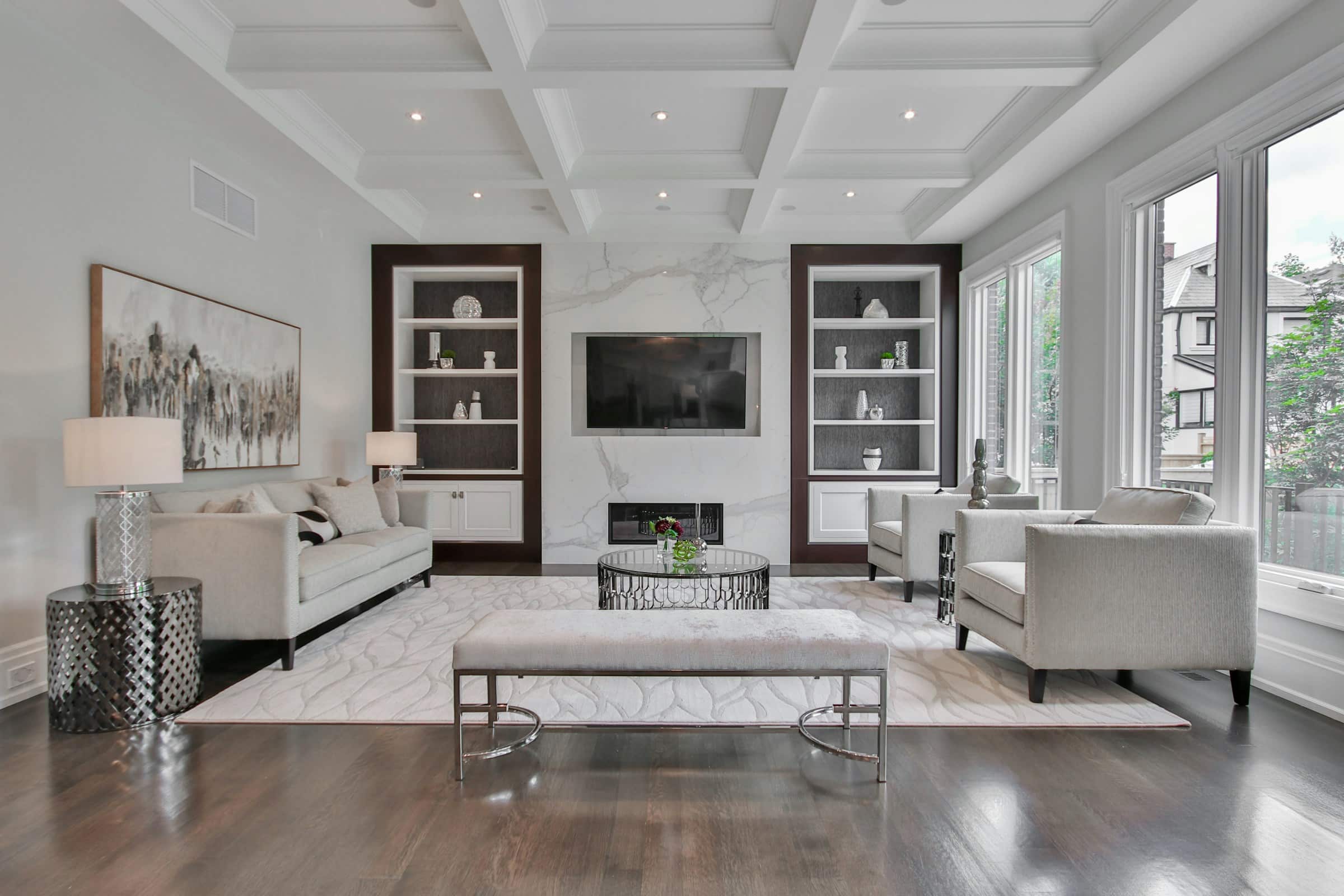What’s the Best Way to Soundproof a Laundry Room in an Apartment Building?

The soothing hum of a washing machine can sometimes morph into an intrusive drone, especially if you live in an apartment building. Sound, particularly from laundry machines, can easily travel through walls and floors, becoming a source of constant noise and discomfort. The need for soundproofing is clear, but where should you start? Let’s delve into the best ways to soundproof a laundry room in an apartment building.
Understanding the Nature of Sound
Before embarking on any soundproofing project, it’s crucial to understand a bit about the nature of sound. Sound is essentially vibrations traveling through the air. When these vibrations hit a surface, like a wall or a floor, they can either be absorbed, reflected, or transmitted through. The goal of soundproofing is to minimize these sound transmissions.
Lire également : What Are the Space-Saving Furniture Essentials for a Studio Flat?
Acoustic images can help visualize how sound travels and is dispersed in a room. Using specialist equipment, these images capture the ‘acoustic footprint’ of a room, highlighting areas where sound is being reflected, absorbed, or transmitted. This information is invaluable when planning your soundproofing tactics.
Soundproofing the Walls
In many cases, the walls are the primary conduit for noise transmission. In an apartment setting, soundproofing the walls will help to keep the noise of running machines contained within the laundry room.
A lire également : How to Design a Multi-Sensory Play Area for Kids in a Community Garden?
Soundproofing a wall typically involves adding mass to the wall to help absorb and contain the sound. This can be done with soundproofing materials such as mass loaded vinyl or acoustic panels. Alternatively, you can opt for soundproofing paint or wallpaper. These options, while not as effective as the former, are more aesthetically pleasing and easier to install.
Another technique is to create a double wall, where an additional layer of drywall is installed with a gap between it and the original wall. This gap disrupts the sound waves and prevents them from transmitting through the wall.
Soundproofing the Door
Doors are often overlooked in soundproofing projects, but they are a significant source of sound leakage. In fact, even a small gap under the door can let a surprising amount of sound escape.
To soundproof a door, you might consider replacing it with a solid core door, which will be more effective at blocking sound than a hollow one. If that’s not possible or practical, there are other options. You can use weatherstripping around the door frame to seal any gaps, and a door sweep at the bottom to prevent sound escaping underneath.
Foam panels can also be applied to the door to help absorb sound. These panels are lightweight and easy to install, and they can make a significant difference in reducing noise.
Soundproofing the Floor
If you live in an apartment building, soundproofing the floor of the laundry room is a considerate move towards your downstairs neighbors. The vibrations from washing machines can easily travel through the floor and become a nuisance to anyone living below.
One of the most effective ways to soundproof a floor is to use a thick, dense rug or carpet. This material absorbs the vibrations and sounds, reducing their transmission. Additionally, you can use rubber mats or pads under the washing and drying machines. These absorb the vibrations directly at the source, preventing them from traveling through the floor.
Soundproofing the Window
While windows may not be a common feature in every laundry room, if yours has one, it’s worth addressing in your soundproofing plan. Sound can easily escape through windows, especially if they are single glazed.
Double-glazing is an effective way to reduce sound transmission through windows. The gap between the two panes of glass provides an extra barrier for the sound waves to get through. If replacing the window isn’t an option, you can use window inserts or acoustic curtains to help reduce the noise.
Remember, soundproofing is not about eliminating sound entirely, but about managing and minimizing it. With these strategies, you can turn your laundry room from a noise nightmare into a serene sanctuary, without disturbing your neighbors.
The Role of Acoustic Foam Panels and Anti-Vibration Pads in Soundproofing Your Laundry Room
In the quest to reduce noise from your laundry room in an apartment setting, acoustic foam panels and anti-vibration pads can play immensely vital roles. Acoustic foam panels are lightweight, soft materials that can absorb sound waves and prevent them from reflecting off the walls and ceilings. They are particularly effective at high frequencies.
Acoustic foam panels can be installed on walls, ceilings, and even on the door of the laundry room to absorb sound and reduce reverberation. They come in various sizes and colors, offering practicality while also contributing to the interior design of your laundry room.
On the other hand, anti-vibration pads can be placed directly under your washing machines or washer dryer units. As the names suggest, these pads absorb vibrations – a predominant form of noise emitted by laundry machines. The pads work by creating a buffer between the machine and the floor, which helps to dampen the vibrations and limit their transmission.
Moreover, anti-vibration pads can be particularly beneficial if your washing machine or washer dryer is not perfectly balanced – an unbalanced machine can create more vibration and thus, more noise. By placing these pads beneath the machine, it provides a level surface and further reduces the vibrations.
When combined, acoustic foam panels and anti-vibration pads can significantly decrease the noise emanating from your laundry room. Not only does this create a more peaceful environment within your apartment, but it also ensures that you maintain a harmonious relationship with your neighbors.
Taking Soundproofing a Step Further: Hiring a Professional
If you’re not comfortable undertaking a soundproofing project on your own or if you have a particularly challenging laundry room to soundproof, it may be worth considering hiring a professional. Soundproofing professionals have the knowledge and experience to assess your space and determine the most effective way to block noise transmissions.
They can provide a comprehensive analysis of your laundry room, identifying the sources of noise and the best methods to address them. This can include recommending the right kind of acoustic panels, determining the ideal placement of these panels, and advising on the use of other soundproofing materials such as window inserts or mass loaded vinyl.
Moreover, a professional can help ensure that your soundproofing efforts are compliant with any building regulations and rights reserved to the apartment building managers or owners.
While hiring a professional may require a higher upfront cost, it can save you time and effort in the long run. More importantly, it can result in a more effective soundproofing solution, ensuring that your laundry room is as quiet as possible, both for your own comfort and that of your neighbors.
Conclusion
Soundproofing a laundry room in an apartment building involves a combination of understanding the nature of sound, identifying the sources of noise, and using the right materials and techniques to minimize this noise. The objective is not to completely remove the sound but to manage and reduce it to a level that is comfortable for everyone.
Whether you choose to use acoustic panels, anti-vibration pads, soundproof paint, or hire a professional, remember that every little effort contributes towards a quieter, more serene laundry room. So, don’t let the hum of your washing machine be a nightmare for you or your neighbors. Start your soundproofing journey today and transform your laundry room into a peaceful place.
